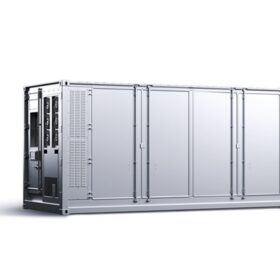Dubai International Airport is planning a 4,989kWp photovoltaic (PV) array on the roof-top of its 63,000m² Terminal 2 building. This largest solar power plant at and airport in the Middle East, with 15,000 PV-panels shall produce 7,400MWh per year.
It’s no secret, that Dubai’s energy consumption per capita ranges among the highest on the planet. On one hand, this is caused by extremely low energy prices (by means of rich oil and gas wells in the region) – on the other hand, energy demand is driven by cooling and salt water desalination. This makes the several Solar Projects, Dubai has been implementing in the recent past and which are among the largest of the world, all the more important. With the help of these projects, Dubai aims to fill 25% of total energy demand in 2030 from renewable sources, a target established by Dubai’s Clean Energy Strategy.
Due to heavy traffic at the airport, pilots and air traffic controllers must not make any mistake. Reflections of glass surfaces could blind airport personnel at the tower. Since they have to be able to view the runways, rollways and approach sectors any time and without obstruction, reflections from PV-panels could pose a glaring hazard. In the case an air traffic controller has no visual contact to the airplanes, he has to rely completely on radar-based instruments and therefore needs to increase the distances of starting and landing airplanes, to provide additional safety. This increase in distances costs the airport valuable time – the capacity of its runways is reduced.
Zehndorfer Engineering was commissioned to execute a Solar Glare Assessment for the planned PV installation. The company had finished very similar Glare Studies for Vienna Airport and Munich Airport before. These verifications had helped to avoid pending Glare Hazards for the tower and pilots. In the case of dangerous reflections, the angle of the PV-panels could be adapted, as already shown on several similar installations. During planning phase, this exercise does not increase costs, in contrast to Manchester Airport (where glaring had only been recognized after construction).
Jakob Zehndorfer is advisor for Glare Assessments and Photovoltaics to the Austrian court of law. He has executed several Solar Glare Assessment at airports, highways, railroads and for neighbors adjacent to solar plants in Europe, the Middle East and Africa.





